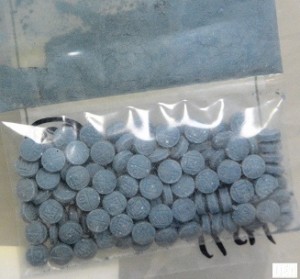
The Drug Enforcement Administration (DEA) has become increasingly alarmed over the proliferation of illicit fentanyl and other synthetic drugs, the acting head of the agency told a Senate committee Tuesday.
DEA Acting Administrator Chuck Rosenberg told the Senate Judiciary Committee synthetic drugs pose an unprecedented threat for overdoses and deaths, especially among young people in the United States, Reuters reports.
“The yearly market for illegal non-medical prescription pain relievers is over 11 million people, and if fentanyl is introduced into even a small portion of that overall market, there is a likelihood that overdoses will increase,” Rosenberg said in his testimony to the committee. “Fentanyl and fentanyl derivatives represent the deadly convergence of the synthetic drug threat and current national opioid epidemic.”
Last week the Midwest Medical Examiner’s Office announced that toxicology tests concluded Prince died from an accidental fentanyl overdose. The office did not specify how the drug was taken, or if it was prescribed or illegally made. Fentanyl is an opioid legally prescribed for cancer treatment. It can be made illicitly, and is 25 to 50 times more potent than heroin.
Rosenberg told the Senate committee the DEA is also concerned about synthetic cannabinoids and their byproducts (sometimes sold under brand names such as “K2” or “Spice”). He noted synthetic drug producers modify chemical formulas in search of new psychoactive substances. “Once a new drug is formulated, the Internet and social media are used to market its arrival on the scene, allowing for its fast adoption and use,” he said. Each newly designed drug must be banned separately through a process Rosenberg called “clunky and cumbersome.”
Published
June 2016
 Get Support
Get Support
